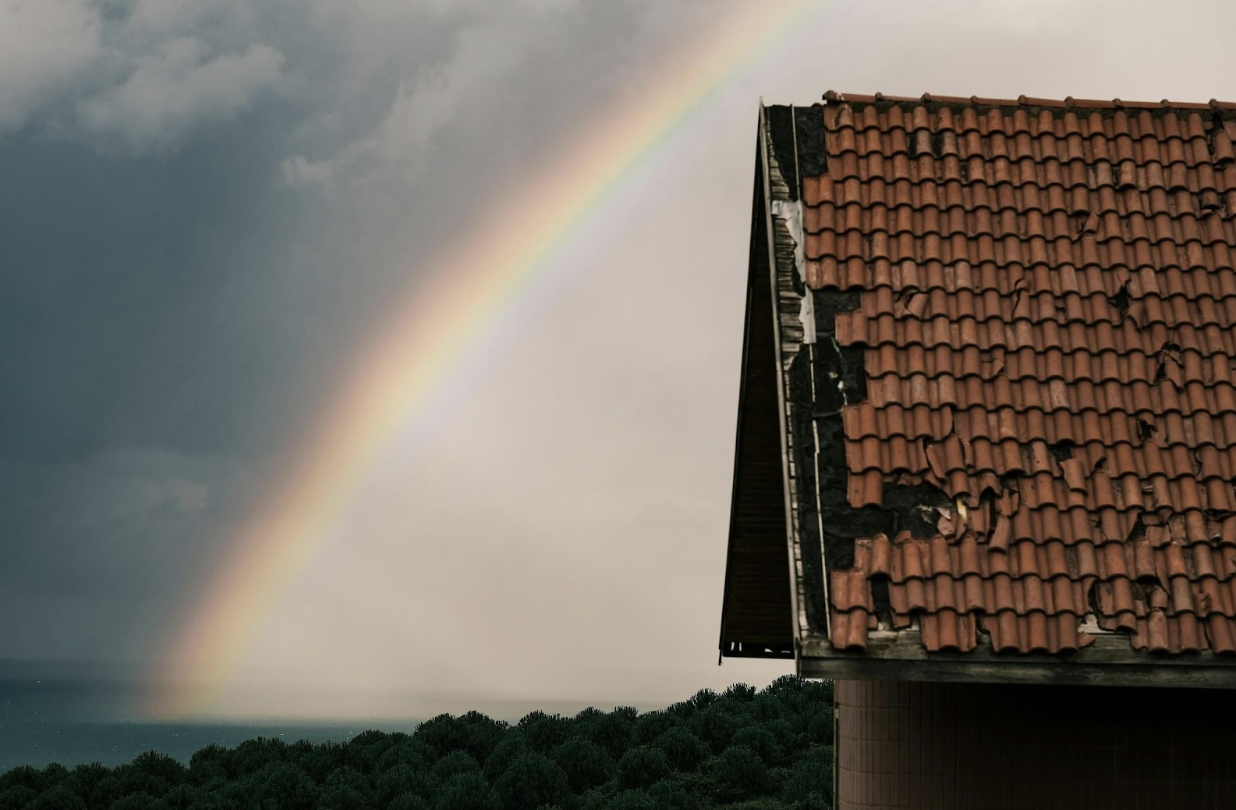Immediate Steps After Your Roof is Damaged by Weather

Severe weather can strike at any time, and few parts of a home take a harder hit than the roof. High winds, heavy rain, hail, and falling debris can cause sudden structural issues that expose the interior to leaks and water damage. Whether the damage is minor or severe, quick action is critical to protect your home and prevent the situation from worsening.
Understanding what to do immediately after weather-related roof damage ensures safety, minimizes repair costs, and helps you handle insurance claims effectively.
Assessing Safety Before Inspection
The first step after any major weather event is to make sure the property is safe. Avoid climbing onto the roof immediately if it is still raining or if winds remain strong. Fallen power lines, loose shingles, and slippery surfaces can all pose serious hazards.
Start by inspecting the area from the ground or through windows. Look for signs such as missing shingles, damaged flashing, or sagging sections. Inside the home, check ceilings and attic spaces for water spots, damp insulation, or drips that indicate a breach.
If you suspect serious structural damage, stay clear of affected areas until professionals can assess the condition. Document what you see with photos or videos, as these will be valuable for both contractors and insurance adjusters later on.
Contacting Professionals for Temporary Protection
Once the immediate danger has passed and it’s safe to act, contacting roofing professionals should be your next priority. Fast intervention can prevent small leaks from turning into major interior problems. During storm season, homeowners often rely on emergency roof repair services to temporarily seal openings, replace broken shingles, or install tarps over exposed areas. These emergency measures stabilize the roof until a full inspection and permanent repair can take place.
Reputable contractors can often respond within hours, bringing materials to stop water intrusion and secure the structure. Acting quickly protects your property and may improve your chances of insurance coverage, as insurers typically require policyholders to take reasonable steps to prevent further damage.
When selecting a repair team, verify credentials, licensing, and insurance before allowing work to begin. Many areas experience an influx of out-of-town contractors following major storms, so confirm that the company has a local presence and a solid reputation.
Documenting Damage for Insurance Claims
Comprehensive documentation plays a key role in filing successful insurance claims. Start by photographing every visible sign of damage from multiple angles, both inside and outside the home. Capture close-ups of missing shingles, broken gutters, or debris on the roof, as well as any interior leaks or stains.
Keep a written record of when the storm occurred and the steps you took immediately afterward. If you hire a professional for inspection or temporary repairs, save invoices and correspondence. The more evidence you have, the easier it will be for your insurance adjuster to assess the claim and authorize coverage.
Notify your insurance provider as soon as possible. Delays in reporting can complicate claims or lead to partial reimbursement. Most insurers will send an adjuster to inspect the property, but having your own contractor’s report on hand provides an additional perspective on the extent of the damage.
Preventing Further Water Damage
Even small roof leaks can quickly cause interior problems if left unchecked. As you wait for repairs, take steps to protect furniture, flooring, and electronics from potential water exposure. Place buckets or containers under active drips, move valuable items away from affected areas, and use towels or plastic sheets to absorb moisture.
If insulation or drywall becomes saturated, drying and ventilation are crucial to prevent mold growth. Portable fans and dehumidifiers can help maintain air circulation until professional remediation takes place. If you suspect structural weakening or extensive water infiltration, avoid entering those spaces and consult experts instead.
Understanding When Replacement May Be Necessary
Not all storm damage can be fixed with simple patchwork. If the roof has extensive shingle loss, compromised decking, or recurring leaks despite repairs, a full replacement may be the safest and most cost-effective solution. Severe hail or wind events can weaken materials beyond what is visible, leading to ongoing maintenance issues in the future.
Professional roofers can perform detailed inspections to determine whether replacement is needed. They use specialized equipment, such as infrared scanners, to detect moisture beneath the surface. Replacing the roof when damage is too severe for minor repairs can restore long-term stability and energy efficiency.
Strengthening Future Weather Resistance
After repairs are completed, homeowners can take proactive measures to minimize future storm-related risks. Installing impact-resistant shingles, reinforcing flashing, and upgrading underlayment materials all help improve durability. Regular maintenance, including annual inspections and gutter cleaning, ensures the roof remains in strong condition year-round.
It’s wise to assess surrounding features that might pose hazards during extreme weather. Trim overhanging branches, secure loose outdoor items, and inspect drainage systems to ensure proper water flow away from the home. These small efforts can prevent significant damage when the next storm arrives.
When severe weather damages your roof, the right actions taken in the first 24 hours can significantly reduce long-term costs and stress. Prioritizing safety, calling trusted professionals, and documenting damage all help ensure that recovery moves quickly and effectively.






